Designer Toys 101: What makes Designer Toys art while normal toys aren't?
If you are new to this column, it is truly meant to be read from the beginning to the most recent.
Please start with the first installment, "What are Designer Toys?"
Please start with the first installment, "What are Designer Toys?"
When I first began writing this column three months ago, I honestly didn't know what the reaction would be. Thankfully, it's been fantastic and — through comments, e-mails and tweets — you've all helped me create the roadmap of where this strange ship is sailing. And while this week's query hasn't been specifically asked, I feel it is an underlining question to a lot of the feedback I've receive: What makes Designer Toys art while normal toys aren't?
In a shift from the norm, I'm not going to use any pictures to illustrate my explanation; if I'm successful, this will be so simply stated that images won't be necessary. We've touched on this matter previously, but never really delved into it. But, in fact, I don't think it requires too much delving… a simple compare and contrast should sort it out perfectly.
We'll start with traditional art world and pick an piece of art. Maybe something like Edvard Munch's The Scream, something so iconic everyone knows it. An original painting that has such broad appeal that it has been reproduced in a variety of formats, from inclusion in books to being emblazoned on cooking aprons. Now that single piece of art, as I said before, can be placed on a variety of things, though they aren't all "art":
- Functional Items — You can easily find images of The Scream on just about anything, including coffee mugs, cooking aprons, and other functional items. And I mean functional in the sense that being viewed as art is not their primary purpose. No one mistakes a coffee mug with a painting printed on it as a piece of art, right? Most of the items in this category are relatively inexpensive and meant for mass consumption and use.
- Display Items — This would be your poster or desktop display reproduction of The Scream. While still mass-produced and available readily at an affordable price, these items start to blur the lines regarding whether they are art or not. While you'd certainly laugh at someone that invited you over to view their art collection when all they had was a series of $10 posters on their walls, those displayed images serve no purpose other than to be looked at and enjoyed for the art they reproduce.
- Limited Edition Items — These are items with The Scream on them that have a higher production value and, thus, higher perceived resale value. Things in this category could be Giclée (a very specific form of inkjet printing technology) posters or hand-printed screenprints, though they are usually done in set limited quantities and are sometimes even signed by the artist. While they are not art in the sense that they are an original painting, they are considered high-end display items and they have been historically sold at art auctions.
- The Original Painting — There's no two ways about it, the original painting of The Scream is art. It is a one-of-a-kind hand-made piece; and if the painter did do multiple copies of the same image, which certainly did occur, they varied slightly because they were completely done by hand. This is, without a doubt, art.
- Functional Items — These would be your "normal" toys, like G.I. Joe and Barbie. Do people collect them and display them? Sure, but they are intended to be played with. Just like those coffee mugs with the painting printed on them are meant to be used but I'm sure some people display them.
- Display Items — Here are where a lot of the mass produced Designer Toys, like Dunnys and Qee, would reside. They are intended to be displayed, viewed, looked upon like highly affordable art. The main difference would be that Designer Toys tend to have a much better resale value than traditional art display items would.
- Limited Edition Items — Small run production pieces, hand-made resin figures, and the sort would all reside here. Most have a set quantity being produced and some do come signed. More care and attention is typically taken in the making of these, producing higher quality Designer Toys.
- The Original Painting — The only real correlation that can be drawn would be to custom figures, pieces that literally treat the figure like a canvas and the artists crafts a new piece on it. Most are one-of-a-kind and are sometimes even used as the blueprints for production figures.
Next Week: What are Paper Toys?
.png)

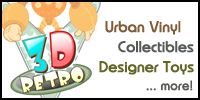

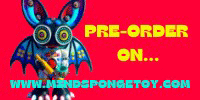

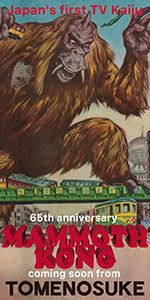
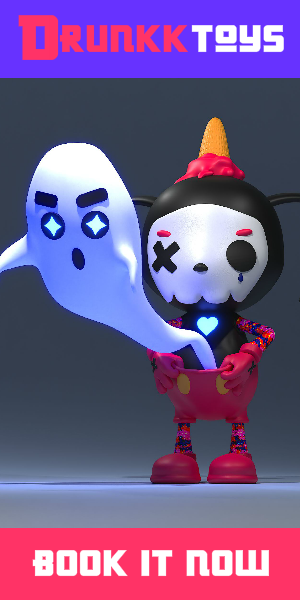
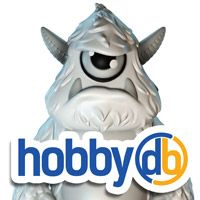







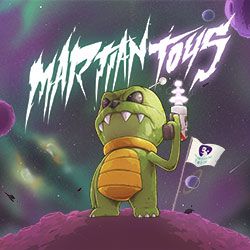
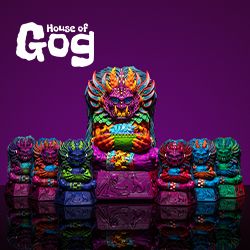


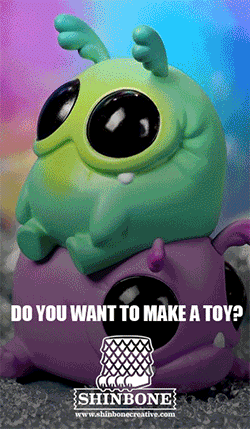
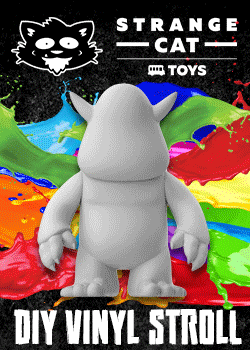
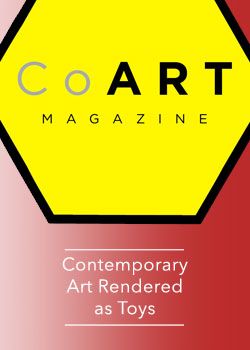
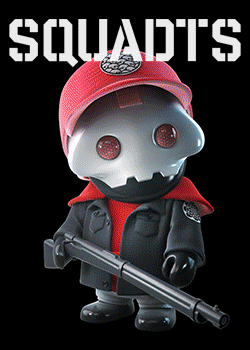

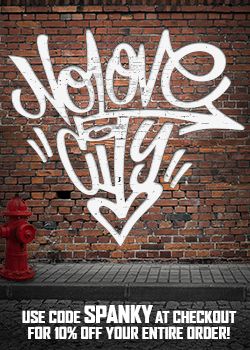
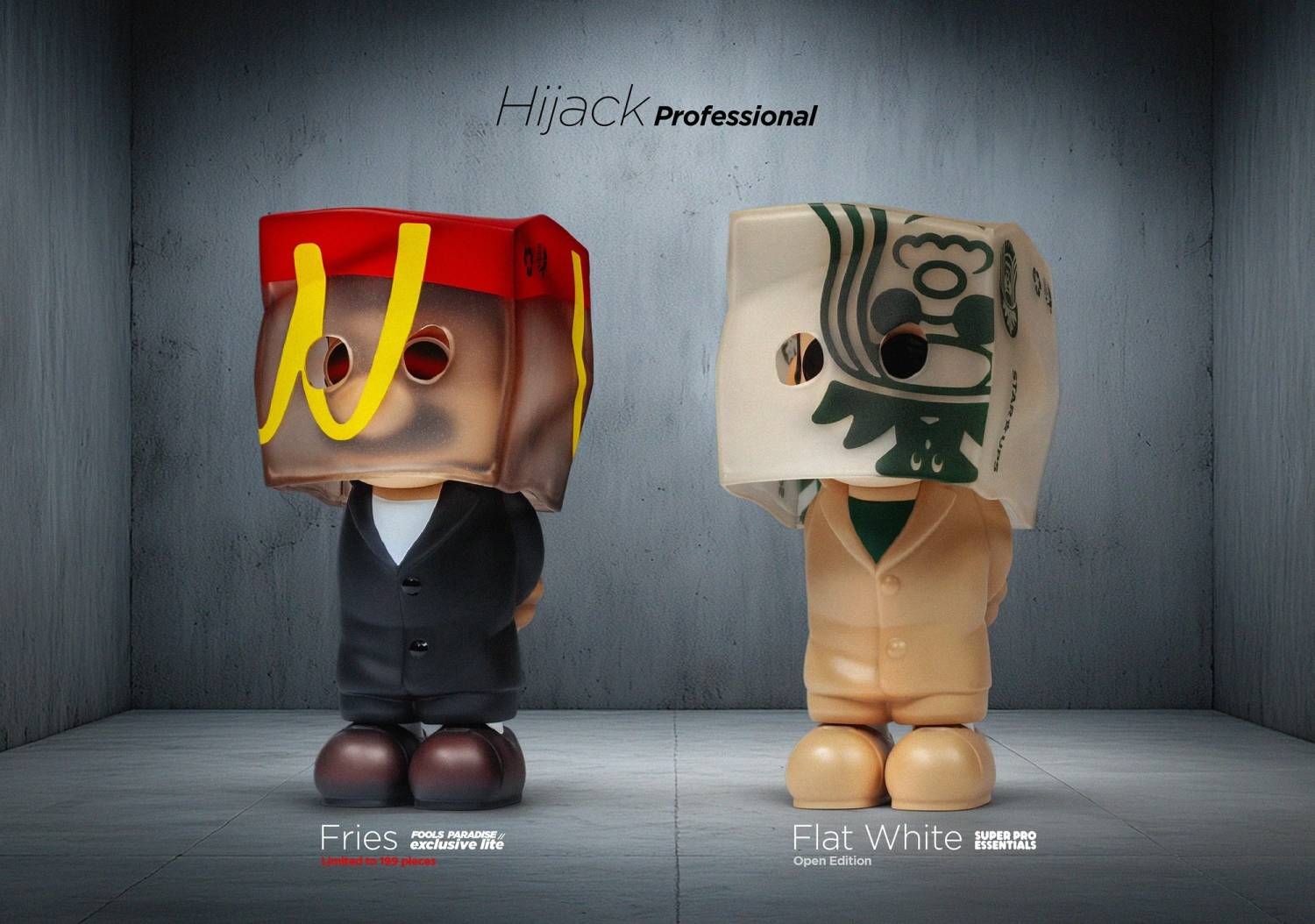


No comments
Post a Comment